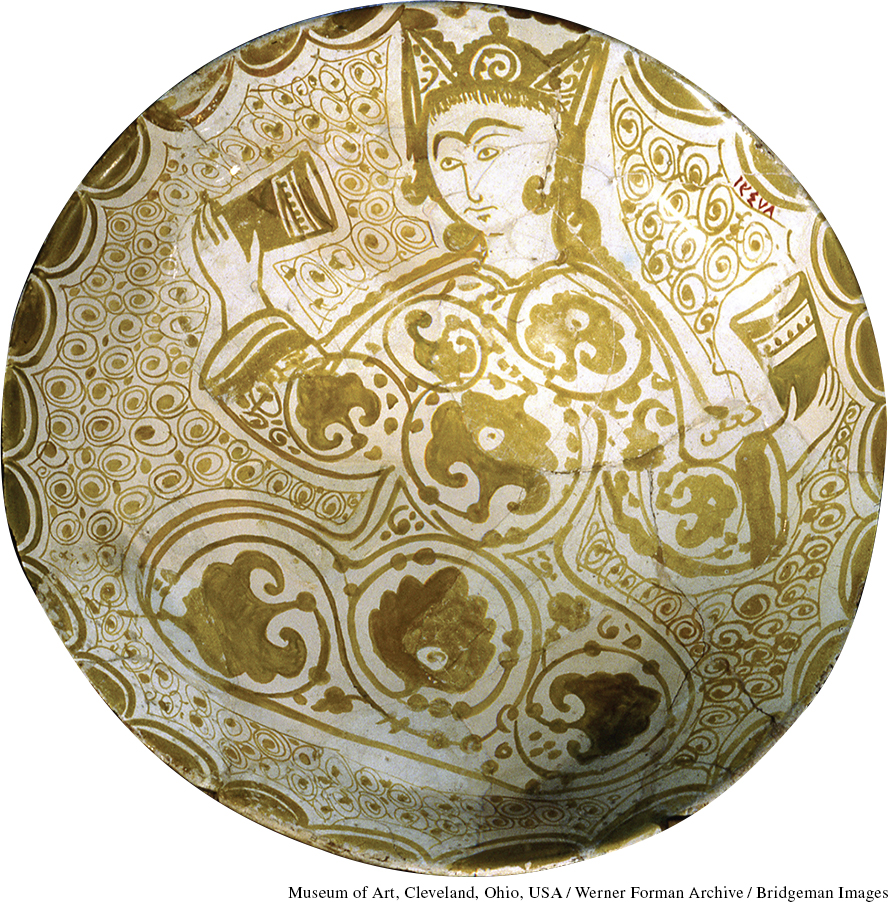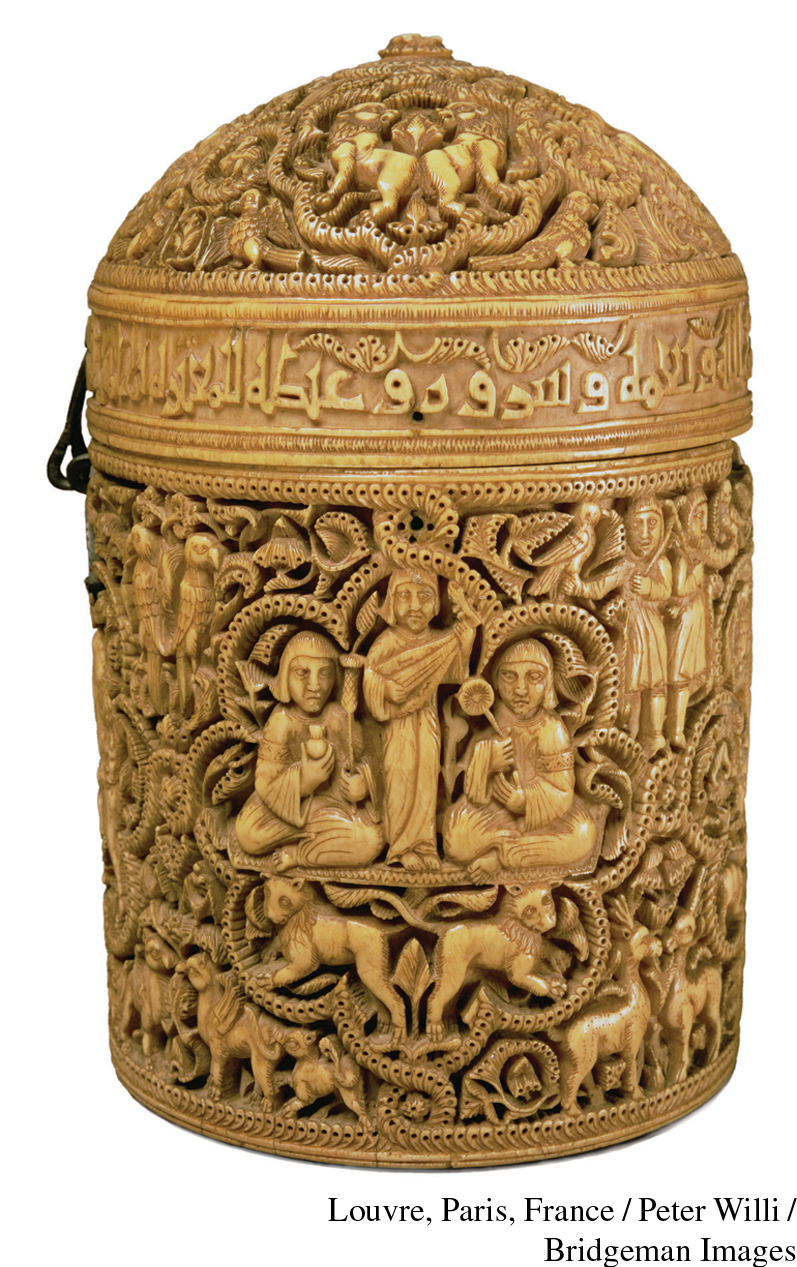Regional Diversity in Islamic Lands
Printed Page 286
Important EventsRegional Diversity in Islamic Lands

The splintering of the Islamic world was to be expected since central power there was based on the conquest of many diverse regions, each with its own deeply rooted traditions and culture. The Islamic religion, with its Sunni/Shi‘ite split, also became a source of polarization.* Western Europeans knew almost nothing about Muslims, calling all of them Saracens (from the Latin word for “Arabs”) without distinction. But, as is still true today, Muslims were of different ethnicities, practiced different customs, and identified with different regions. With the fragmentation of political and religious unity, each of the tenth- and early-eleventh-century Islamic states built on local traditions under local rulers.

A good example of this trend was the Shi‘ite group known as the Fatimids. Taking their name from Fatimah, daughter of Muhammad and wife of Ali, they established themselves in 909 as rulers in the region of North Africa now called Tunisia. The Fatimid ruler claimed to be not only the true imam—the descendant of Ali—but also the mahdi, the “divinely guided” messiah, come to bring justice on earth. In 969, the Fatimids declared themselves rulers of Egypt. Their dynasty lasted for about two hundred years. Fatimid leaders also controlled North Africa, Arabia, and even Syria for a time. They established a lavish court culture that rivaled the one at Baghdad, and they supported industries such as lusterware that had once been a monopoly of the Abbasids.
While the Shi‘ites dominated Egypt, Sunni Muslims ruled al-Andalus, the Islamic central and southern heart of Spain. The emirate of Córdoba (so called because its ruler took the secular title emir, “commander,” and fixed his capital at Córdoba) was created early, near the start of the Abbasid caliphate. During the Abbasid revolution of 750, a member of the Umayyad family gathered an army, invaded Spain, and after only one battle was declared emir in 756, becoming Abd al-Rahman I. He and his successors ruled a broad range of peoples, including many Jews and Christians. After the initial Islamic conquest of Spain, the Christians had adopted so much of the new Arabic language and so many of the customs that they were called Mozarabs (“like Arabs”). The Muslims allowed them freedom of worship and let them live according to their own laws. Some Mozarabs were content with their status, others converted to Islam, and still others intermarried.
Abd al-Rahman III (r. 912–961) was powerful enough to take the title of caliph, and the caliphate of Córdoba, which he created, lasted from 929 to 1031. Under him, members of all religious groups in al-Andalus enjoyed not only freedom of worship but also equal opportunity to rise in the civil service. Abd al-Rahman enjoyed diplomatic relations with European and Byzantine rulers. Yet under later caliphs, al-Andalus experienced the same political fragmentation that was occurring everywhere else. The caliphate of Córdoba broke up in 1031, and rulers of small, independent regions, called taifas, took power.